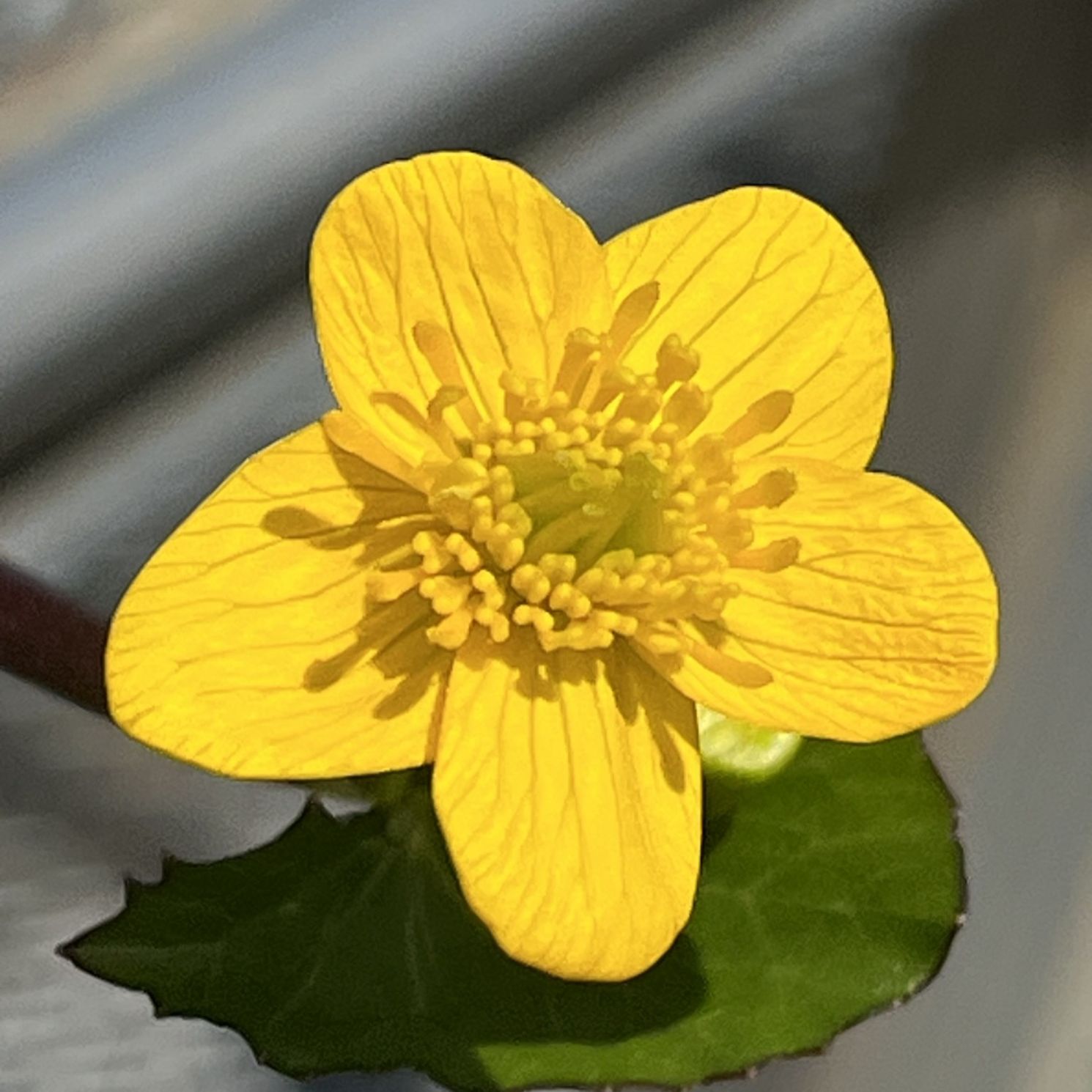エンコウソウは赤紫色の走出枝を長く伸ばし、根を張り、株を殖やします。花言葉は「すべてをこの手に」。鮮やかな黄色の花を咲かせます。
Yellow Marsh Marigold grows long purple runners, takes root, and multiplies the plant. The flower language is “Everything in my hands”. It produces bright yellow flowers.
【仮名】エンコウソウ
【和名】猿猴草
【英名】Yellow Marsh Marigold
【学名】Caltha palustris var. enkoso
【誕生】02/ 18, 05/ 07
【開花】04, 05, 06月
【花色】Yellow
エンコウソウ
エンコウソウの概要
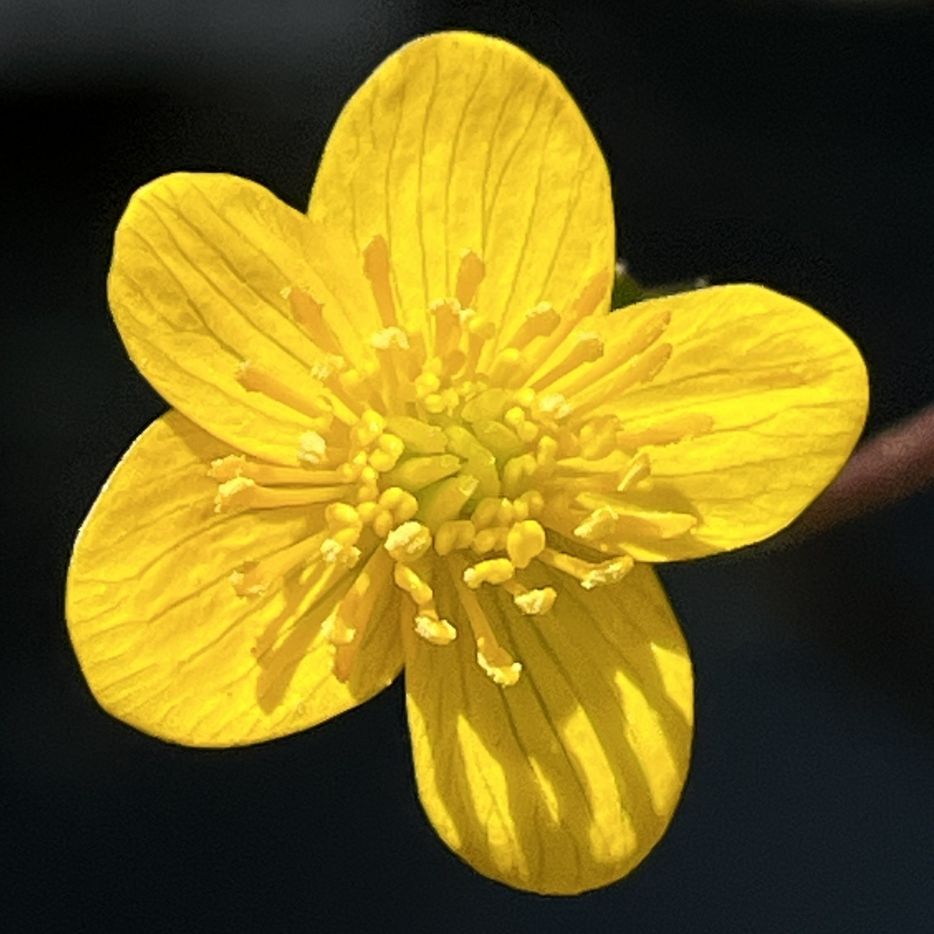
エンコウソウはキンポウゲ科の多年草。北海道から本州の東北、関東、中部地方まで分布しています。湿地や池沼、水辺などに自生。赤紫色の走出枝を長く伸ばし、接地したところに根を張り、次々に株を殖やします。花言葉は「すべてをこの手に」。鮮やかな黄色の花を咲かせます。
エンコウソウの名前
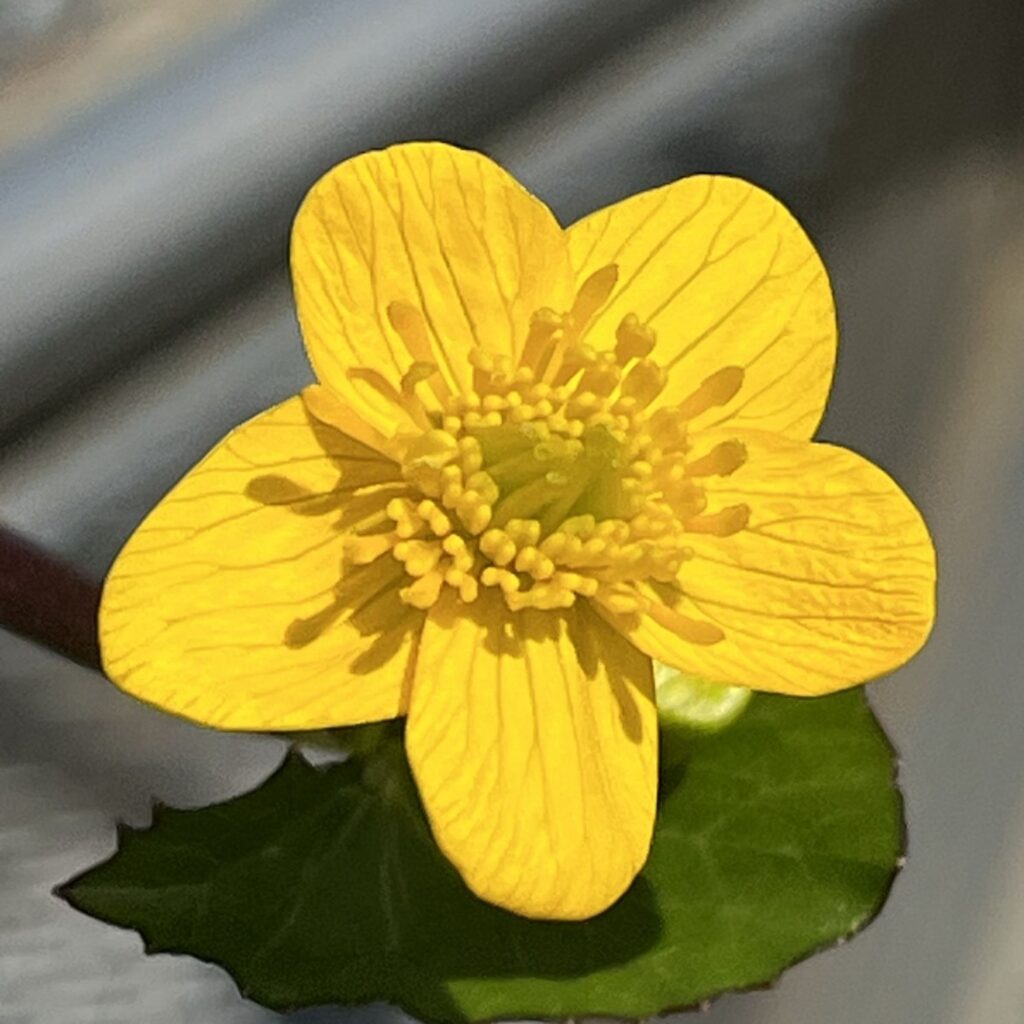
エンコウソウの和名の猿猴は「手長猿」のこと。地表を這い伸びる走出枝が猿の長い腕のように見えるからです。ラテン語の属名カルタは「杯」という意味で、花の形に由来。種小名パルストリスは「沼地の」という意味で、自生地に由来します。変種名エンコウソウは和名そのもの。
エンコウソウの姿形
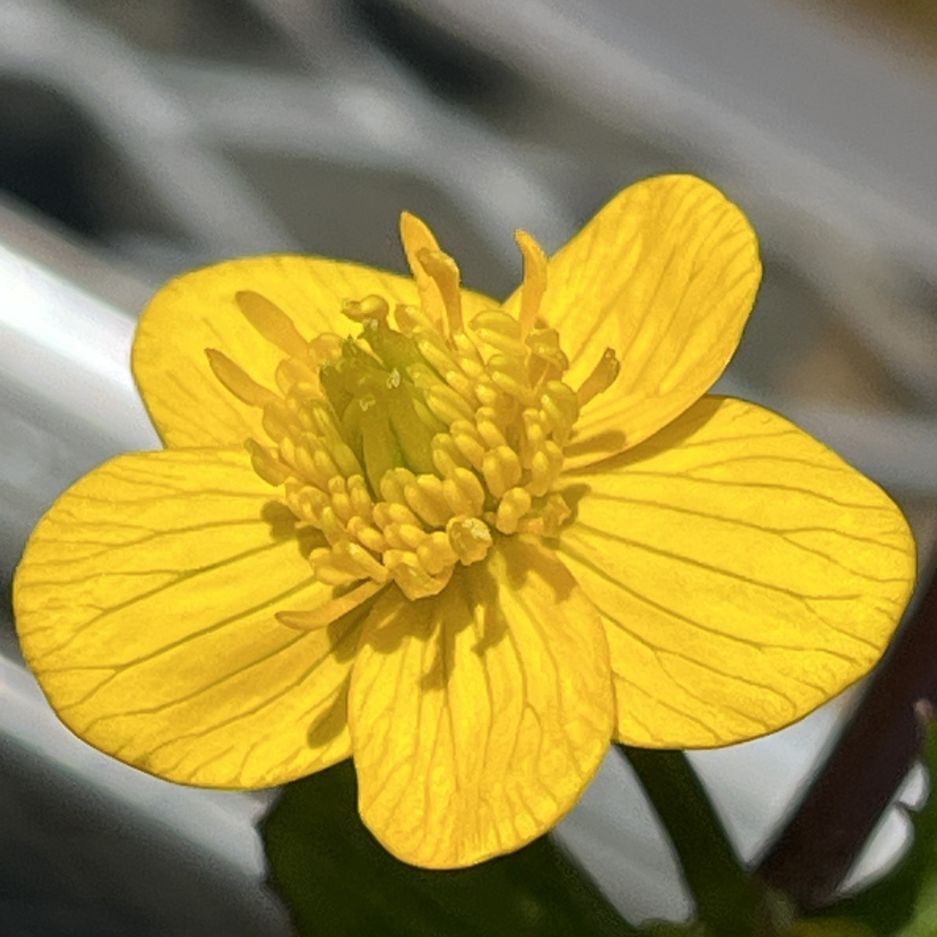
エンコウソウの茎は地表を這い伸びます。葉は柄の長い腎円形で互生。縁に浅い鈍鋸歯があります。花は茎先で咲き、花弁のような萼片が5~7枚、雄しべが多数。様々な昆虫が送受粉を担います。花後は放射状に袋果を形成。花茎が倒れて節から発根し、新芽をつけて冬を越します。
エンコウソウの近縁

エンコウソウと近縁の変種「立金花」も水辺などの湿ったところで自生。花は鮮やかな黄色で、花弁のような萼片が5~7枚、葉も柄の長い腎円形です。一方、やや暖かい本州〜九州に分布。少し早く花が咲きます。おもに株分かれや種子で増殖。茎が短く、這わずに立ち上がります。
Yellow Marsh Marigold
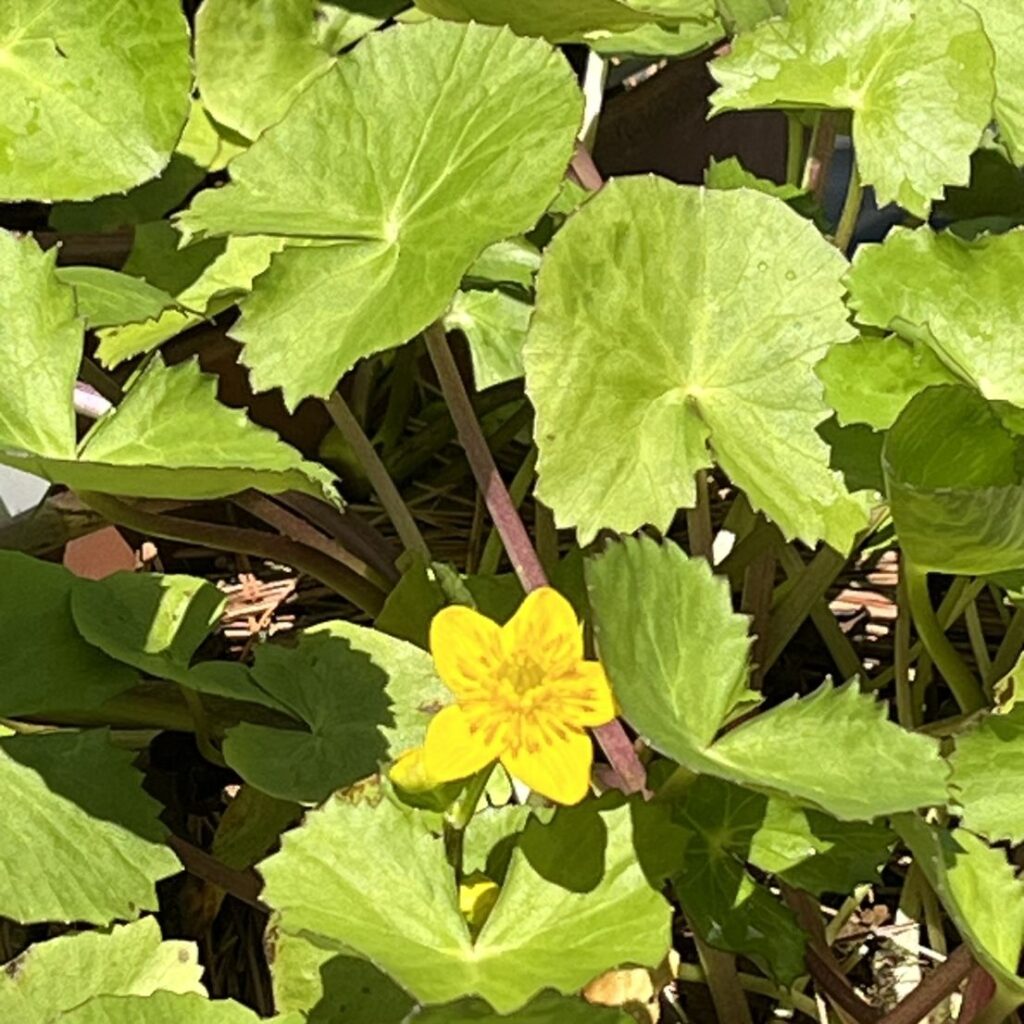
Yellow Marsh Marigold is a perennial plant of the Ranunculaceae family. It is distributed from Hokkaido to the Tohoku, Kanto, and Chubu regions of Honshu. It grows naturally in wetlands, ponds, and waterside areas. It grows long purple runners, takes root where it touches the ground, and multiplies the plant one after another. The flower language is “Everything in my hands”. It produces bright yellow flowers.
The Japanese name for Yellow Marsh Marigold means “long-handed monkey”. The runners that creep and grow on the ground look like the long arms of a monkey. The Latin genus name Caltha means “cup” and comes from the shape of the flower. The specific name palustris means “of the swamp” and comes from the place where it grows. The variety name “enkoso” is the pronunciation of the Japanese name.
The stems of Yellow Marsh Marigold creep along the ground. The leaves are alternate, long-stalked, kidney-shaped. The leaves have shallow blunt serrations on the edges. The flowers bloom at the ends of the stems, with 5-7 petal-like sepals and many stamens. The flowers are pollinated by various insects. After flowering, capsules form radially. The flower stalk falls over, roots emerge from the nodes, and new shoots are produced to survive the winter.
The closely related variety “Caltha palustris var. nipponica” also grows naturally in moist places such as near water. The flowers are bright yellow, with 5-7 petal-like sepals, and the leaves are kidney-shaped with long stalks. On the other hand, it is distributed in the slightly warmer areas of Honshu to Kyushu. It blooms a little earlier. It mainly reproduces by division and seeds. The stems are short and stand upright without creeping.

